Lund – a medieval ecclesiastical centre


The cathedral and its predecessors
During the Middle Ages, Lund held a special position in the Nordic countries as the city of churches, mainly represented by Lund Cathedral, which was the central sanctuary for the Danish archdiocese. This had been established by the pope in Rome in 1103 and included Norway in 1152 and Sweden in 1164. With this Nordic archdiocese, a decisive step had been taken to integrate Denmark into the circle of Western European culture.
However, already since c. 1060, Lund Cathedral had functioned as a church with a bishop. In fact, it had done so ever since c. 970. From the latter part of the Viking Age, there had been a church in the same or adjacent location as the later built cathedral. The oldest known church is from the time of King Harald Gormsen (called Bluetooth, who ruled c. 960 – c. 986), This fact was confirmed indirectly through archaeological studies carried out at a cemetery located immediately north of the cathedral, i.e., in the southern part of the present day Lundagård. Several unusual oak coffins were found, some of which could later be accurately dated by dendrochronology (annual growth ring patterns) to a period between c. 979 and c. 1002. The cemetery presupposes a church building (of wood), even though no direct remains of this church have been found. However, it lies in an area where layers of Viking-era culture were unearthed including ceramics and other finds preceding the age of the coffins. This means that from the very start Lund and the indirectly known church, can be linked to King Harald’s extensive nation building activities and establishment of the Christian kingdom in Denmark Therefore, the dating of the foundation of Lund must be changed: for a long time, Lund was considered to date from c. 1020 (during the reign of Knut the Great), but after the extensive finds of various wooden churches and datable graves at Kattesund, adjacent to Trinity Church (Drotten church) from the 1980’s, the first redating of the city was believed to be c. 990 (during the reign of of Sven Forkbeard). However, the previously mentioned dating of the oak coffins and Viking culture discoveries found north of the Cathedral, now lead to the conclusion that the city has its origins as a royal stronghold with a church during the reign of Harald Bluetooth.
In addition, a stone church was later discovered dating from c. 1060, when Lund emerged as one of Denmark’s episcopal sees, with a bishop’s church, which was the direct predecessor to the present Lund Cathedral (St. Laurentius). It stood close to the stone church in Dalby and remains partly preserved. Of great importance to the ecclesiastical development of Lund was a large royal donation of land in 1085 through the so-called Knut the Holy’s gift letter, and the elevation of the Lund episcopate to an Archbishopric, 1103/1104. The conditions were consequently provided for the construction of the magnificent Romanesque cathedral, which was inaugurated in 1123 (the crypt altar) and 1145 (the high altar), respectively and which, to a large extent, remain today.
Parish churches and monastery churches in Lund
During the Middle Ages, Lund has been described as a “Metropolis Daniae”, i.e., the country’s ecclesiastical metropolis. This was largely due to the Cathedral, which was the central church of the archdiocese and the cathedral chapter, and also due to the many other churches, monasteries and hospitals located here until the end of the Middle Ages: during the Late Middle Ages, there were no less than 27 churches in Lund (including a couple just outside the city wall).
During the Middle Ages, Lund had more churches than any other Nordic city.
Most were parish churches and several of them were built on private initiative, particularly during the 12th century and the first half of the 13th century, when several of the older wooden churches were replaced by Romanesque stone churches. The number of parish churches in a city like Lund may surprise a modern observer. During the Catholic period, this was generally due to them having other functions. In addition to pastoral care they provided church sacraments, conducted ceremonies such as baptisms and funerals and other types of recurring altar services and masses; they held masses for the dead and more besides. One only need look at the practises in many medieval Italian towns today where you find a church in almost every neighbourhood. It may have been similar in Lund as well as a few other Danish episcopal cities such as Roskilde and Viborg. Like Lund, these Danish cities date back to the Viking Age with many medieval churches and monasteries (although fewer than in Lund).
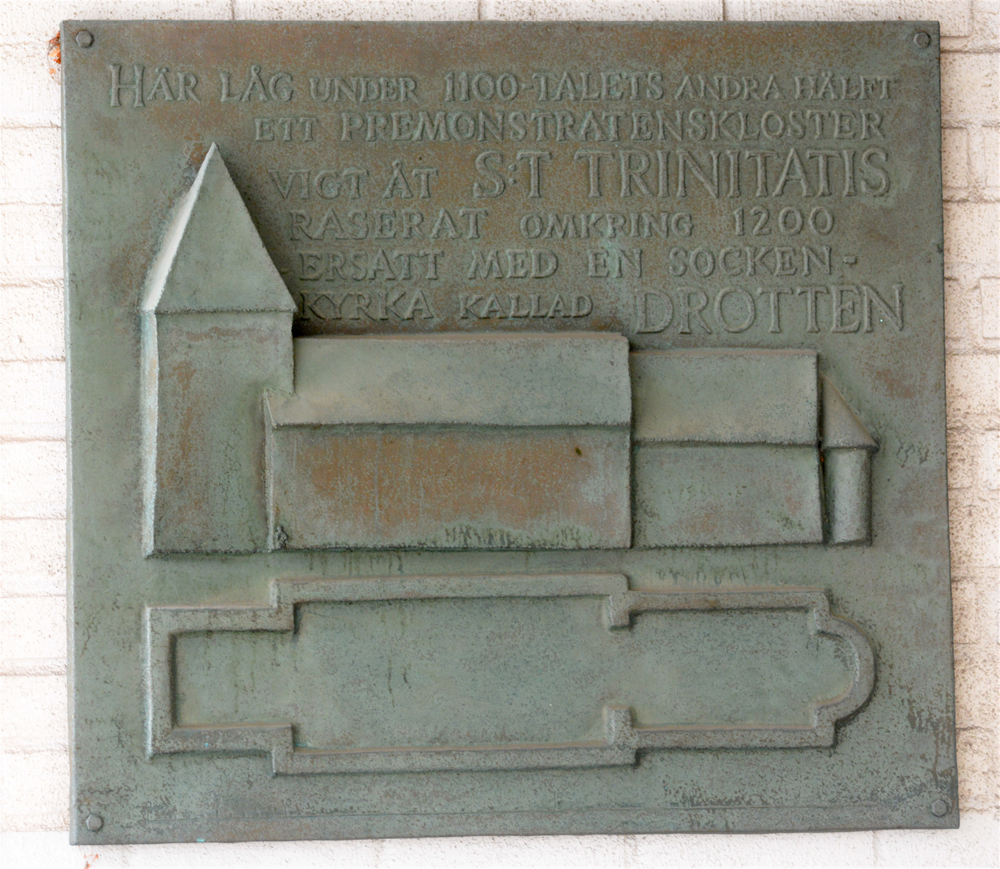
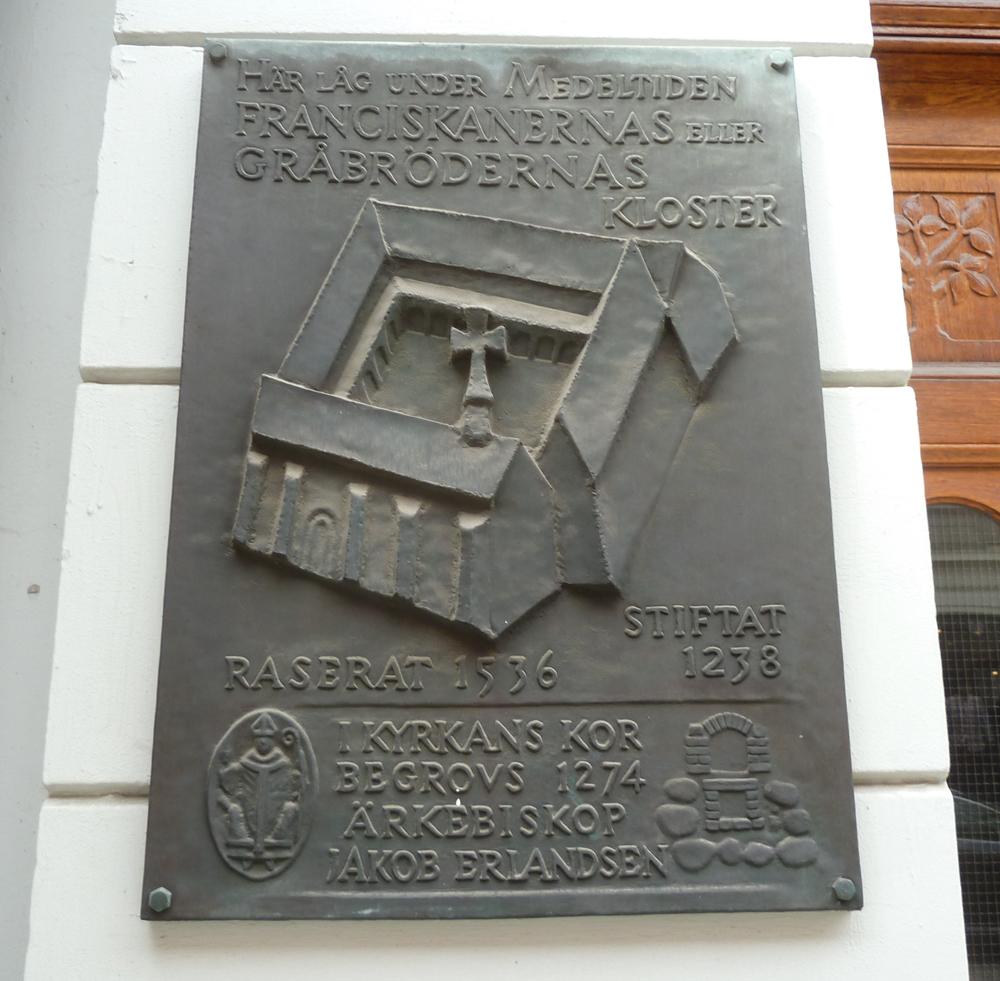

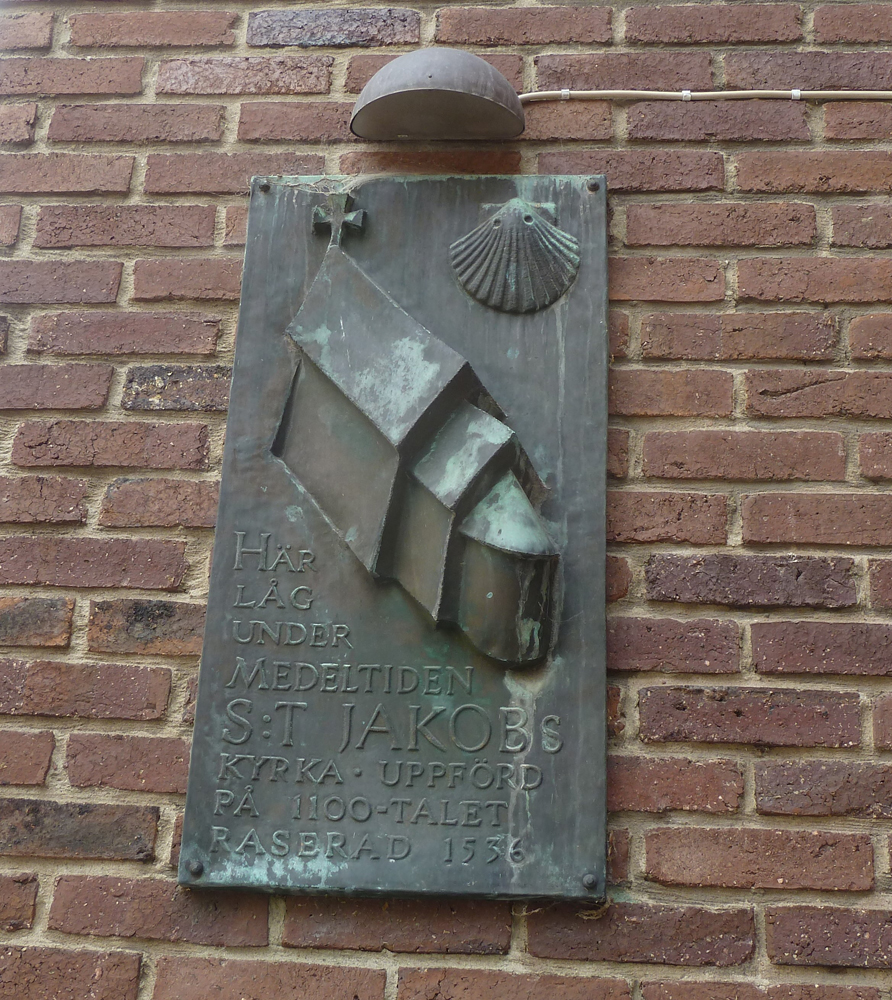
Several monasteries from different monastic orders were established in Lund during the Early and High Middle Ages, and of course within each monastery you would find a church. To a great extent these no longer exist today. This is true for the All-Saints Monastery, which was located immediately north of the city wall, as well as the churches that belonged to the convention of the two begging monks, the Franciscans (Greyfriars) and the Dominicans (Blackfriars) respectively: the Danish cities usually had only one begging convention. The only remaining church monastery in Lund is located at Västerport and during the Middle Ages it belonged to the nunnery of St. Mary and St. Peter of the Benedictine order.
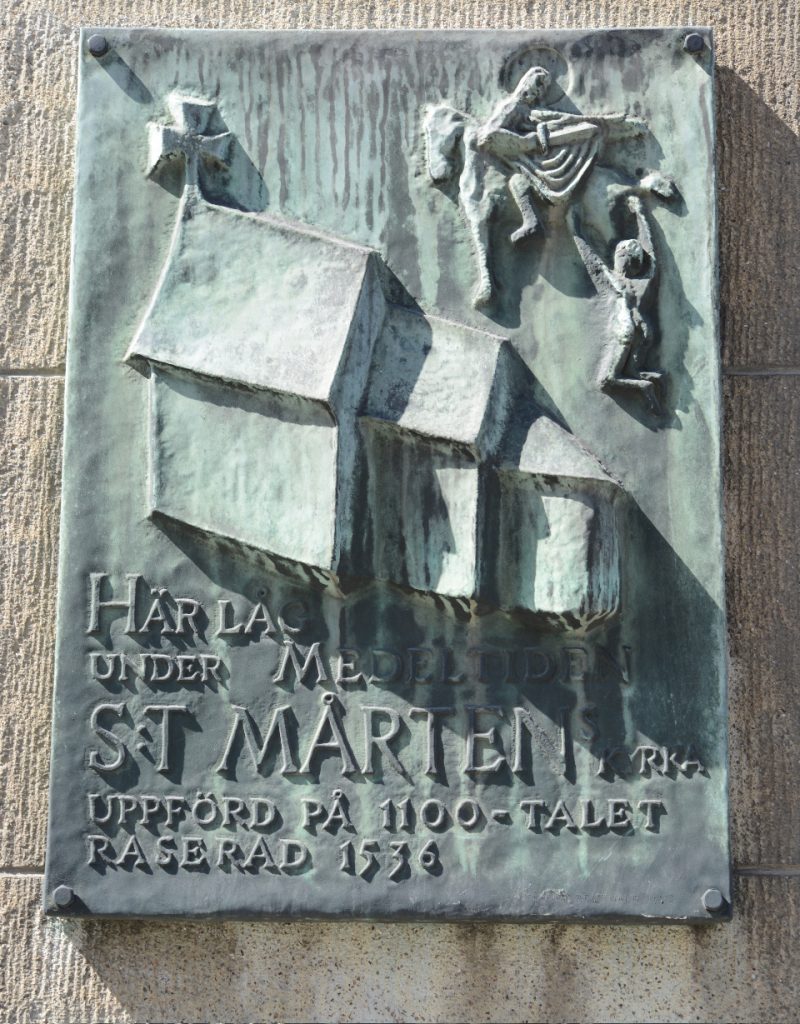
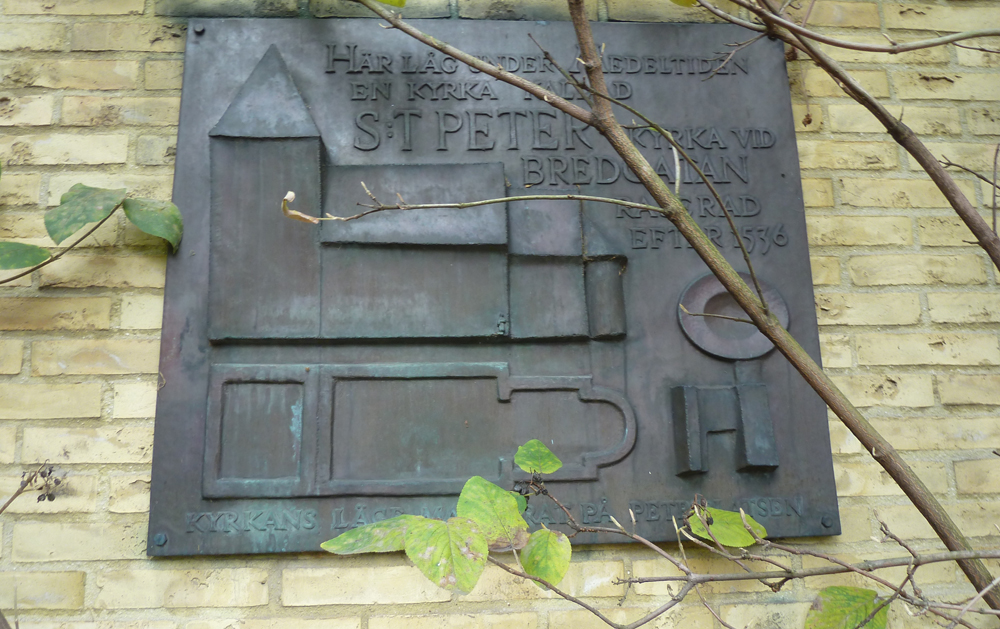
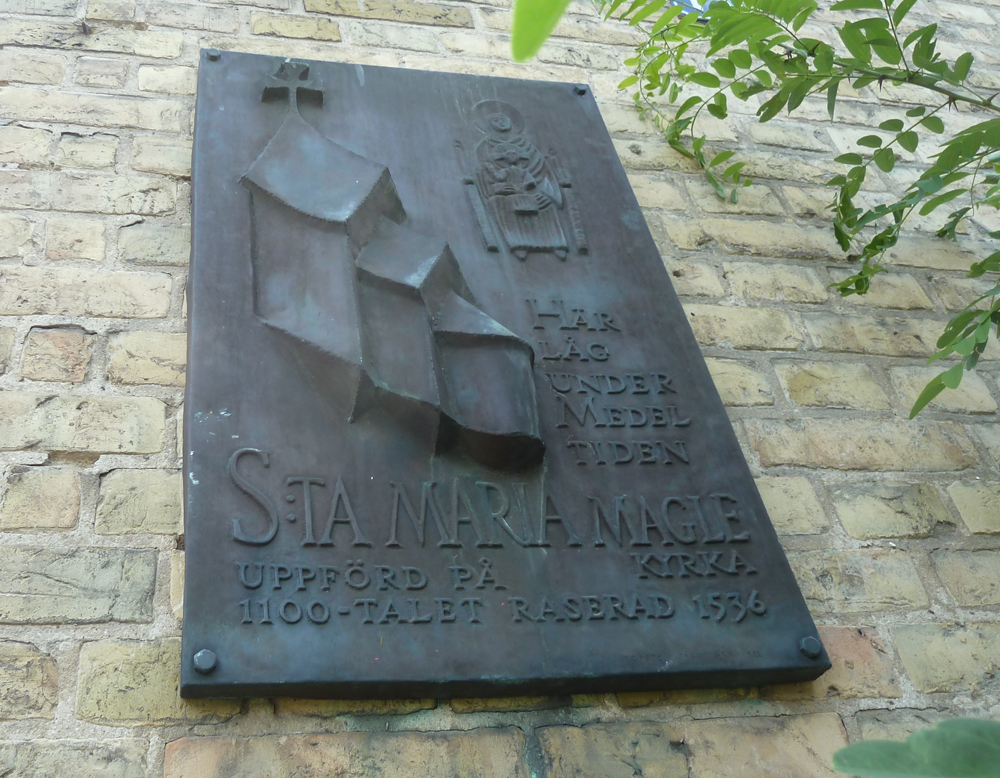
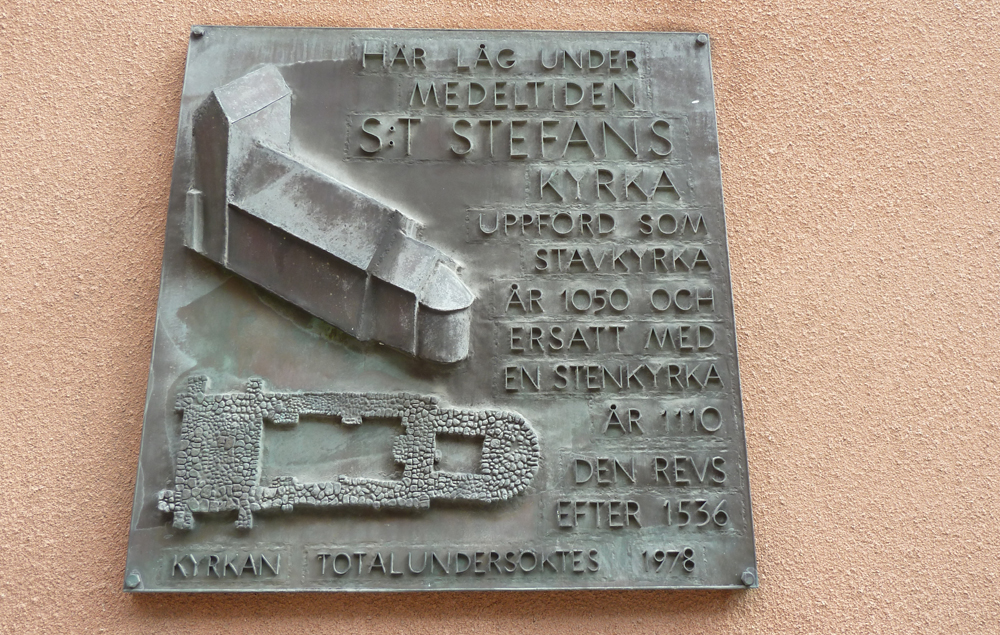
The map below is a reconstruction of the cityscape of Lund at the beginning of the 16th century. It shows the city with most churches in the Nordic region prior to the great changes of the Reformation. The figures in black, show what the churches looked like, otherwise they are marked in brown together with the cemetery areas. St. Jörgen’s hospital church east of the city area is missing from the map.
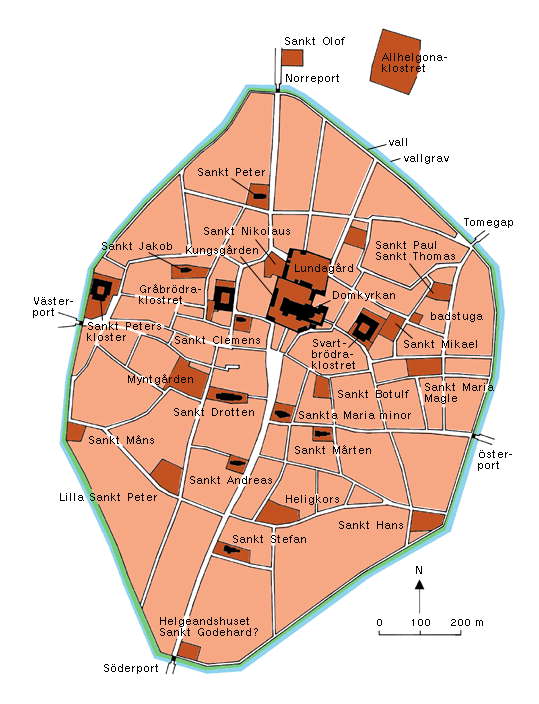
The effects of the Reformation
Of all the medieval churches in Lund, only two remain in today’s urban environment, the Cathedral and St. Peter’s Monastery Church. A couple are known about through visible physical remains: Maria Minor has been partially rebuilt at the open-air museum, Kulturen, and some insignificant wall remains recall All Saints Monastery church in the park north of Lund University Library. Impressive foundation walls, on the other hand, remain from the large Drotten Church at Drotten Museum, Kattesund. The location of one of the area’s stave churches has been marked out in the street close by, and likewise the ground plans of the churches St. Peter on Bredgatan at Petriplatsen and St. Jörgen’s hospital church in St. Jörgen’s park. For many other medieval Lund churches, copper plaques have been placed close to where they were located, together with brief information on when they were believed to have been built. Almost all these churches were demolished in 1536. The events that transpired during that year, which had such major consequences for Lund unlike any other city in Denmark, were the effects of the Reformation.
The Danish Reformation movement started a few years after Martin Luther’s appearance in Wittenberg in 1517. Evangelical Lutheran congregations were established in several Scanian cities. However, not in Lund. For a long time, Lund remained faithful to the old Catholic doctrines. The Danish king Christian III (1534–59) who was a devout Lutheran, had emerged victorious from a civil war which was also a war of succession, the so-called Count’s Feud (1534–36). The Danish bishops now found themselves on the king’s opposing side and were summarily dismissed by the king and some even imprisoned. Among them was the elected archbishop of Lund, Torbern Bille. The archdiocese was abolished (permanently in Denmark), and the heads of the diocesan were made subservient to the king with the new title of superintendents; later however, the episcopal titles were regained, and Lund remained a bishop see. The large estates of the archdiocese, as well as those of the monasteries, now became the realm of the crown.

Through the introduction of the Lutheran doctrine, many churches in Lund lost their former liturgical functions. In addition, in a letter to Lund in 1536, the king ordered that the churches and cemeteries in the city were to be demolished by the citizens and the building material was to be taken to Malmö by the farmers of the Torna district. The order was carried out shortly after 1536, resulting in the country’s foremost Catholic centre losing its 500-year-old distinction as an ecclesiastical metropolis. The fact that Lund suffered more than any of the other Danish bishoprics can be explained partly by the fact that it was important for the Lutheran king to destroy the main monuments and symbols of the opposing side, and partly due to the king prioritizing a project important to the central power being carried out at the same time: i.e., the construction of the fortified Malmöhus castle, which probably would require additional building materials.
After the changes imposed by the Reformation, the population of Lund decreased, while in Malmö it grew. However, Lund continued as a diocesan city with a bishop, cathedral chapter and cathedral school. The cathedral now had a new function acting as a parish church for most of the city; and Kloster Church as a parish church in the west of the city (including Värpinge).
Text: Sten Skansjö
